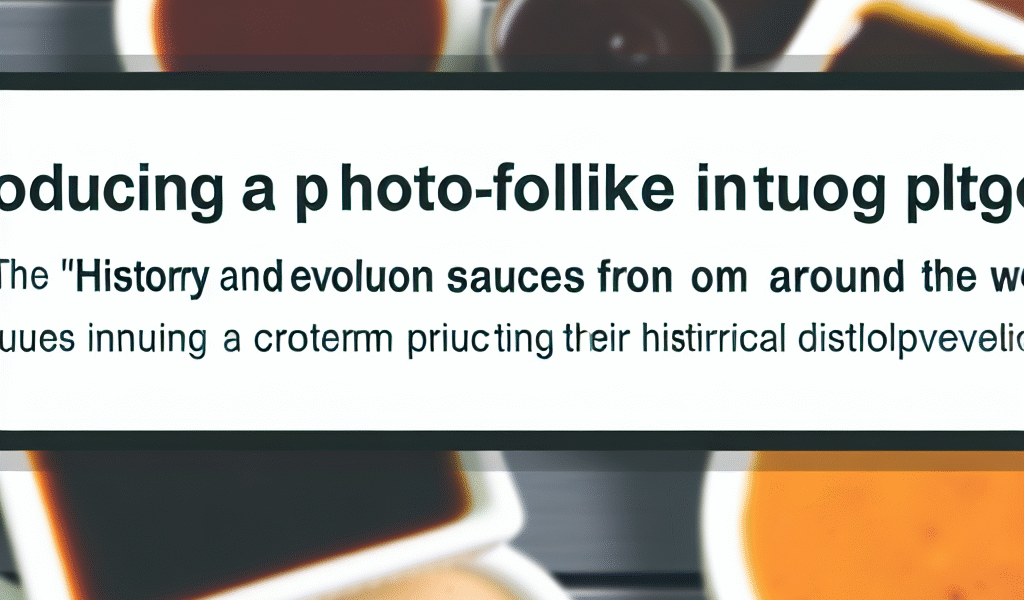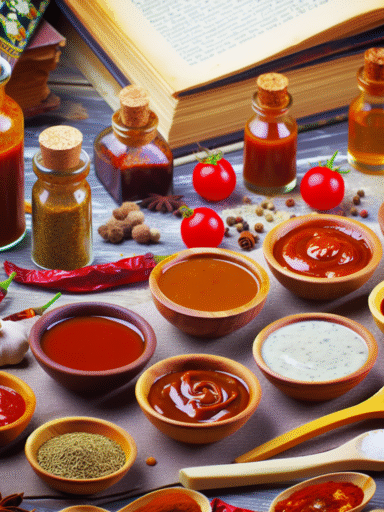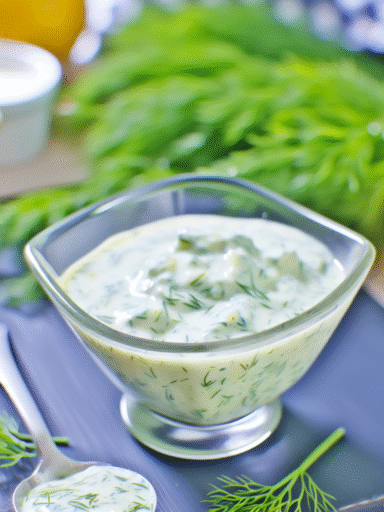Exploring the History of Sauces of the World
Sauces have been an essential part of culinary traditions across the globe, enriching flavors and transforming humble dishes into gastronomic delights. This article delves into the fascinating history of sauces, tracing their evolution from ancient times to the diverse varieties enjoyed worldwide today.
The Origins and Evolution of Sauces
The art of sauce-making dates back thousands of years, with some of the earliest recorded recipes emerging from ancient civilizations such as Mesopotamia and Egypt. These early sauces were simple mixtures made to enhance the taste and preserve food, often combining fermented fish, herbs, and spices. As trade routes expanded, ingredients like vinegar, oil, and exotic spices were introduced, allowing ancient cooks to experiment and refine their recipes.
In classical Roman cuisine, sauces became more sophisticated, evidenced by cookbooks like Apicius’s “De Re Coquinaria.” The Romans pioneered the use of complex emulsions, fermented condiments, and herb blends, setting the foundation for many European sauces. During the Middle Ages, sauce-making further evolved, influenced by Moorish, Persian, and Asian flavors, integrating sweet and savory profiles, often to mask less fresh ingredients.
Sauces Across Continents: A Cultural and Culinary Tapestry
As exploration and globalization progressed, sauces became key cultural markers reflecting regional ingredients and tastes. In Europe, French culinary tradition solidified sauces into five “mother sauces”: béchamel, velouté, espagnole, hollandaise, and tomate, which serve as bases for countless derivatives. In Asia, soy sauce, fish sauce, and chili pastes anchor dishes from China, Korea, and Southeast Asia, highlighting the importance of fermentation and umami flavor.
Likewise, Latin American cuisine showcases vibrant sauces like mole, combining indigenous ingredients with those brought by Europeans and Africans. Similarly, Middle Eastern cuisines emphasize tahini and pomegranate molasses-based sauces, utilizing local produce to balance sweet, sour, and savory notes.
- Fermentation as a technique – critical in Asian and European sauces for preservation and flavor complexity.
- Global ingredient exchange – dramatically influenced sauce recipes, introducing chili peppers from the Americas to Asia and Europe.
- Social and ceremonial roles – many traditional sauces symbolized status, celebration, and regional identity.
Conclusion
The history of sauces is a vivid story of cultural exchange, innovation, and adaptability. From ancient fermented blends to the refined sauces of classic French cuisine and the bold flavors across continents, sauces continue to define and enhance culinary experiences worldwide. Understanding their origins not only enriches our appreciation of food but also connects us through shared tastes and traditions across history.



